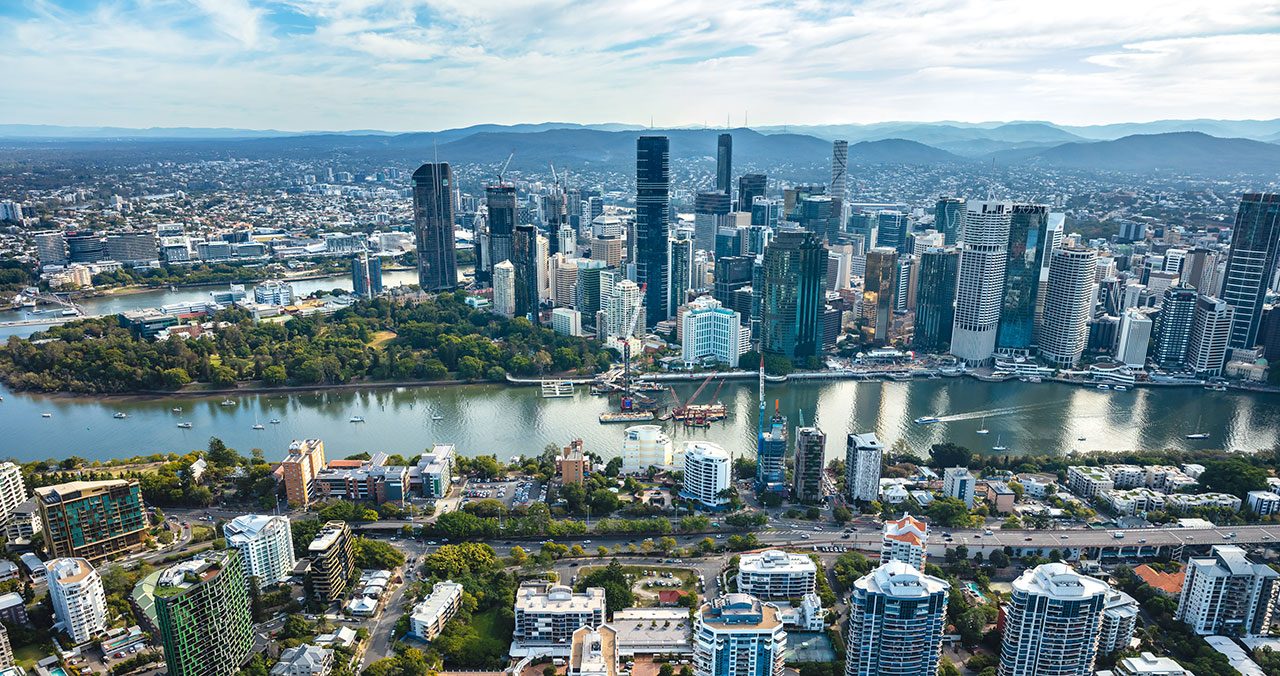This article is from the Australian Property Journal archive
BRISBANE is set to lead the next growth cycle in office rents, with effective rental growth poised to continue into 2024 on the back of a strong workforce and tenants committing to new deals after a period of hesitation amid the COVID fallout.
According to Cushman & Wakefield’s Outlook 2024 report shows absorption of CBD office space in 2023 was softer than expected, despite historically strong labour markets.
“CBD office markets remained in a state of transition this year as occupiers grappled with uncertainty. However, underlying population growth and resilient economic outlook are providing support for occupier markets,” said Sean Ellison, head of forecasting, Australia, Cushman & Wakefield.
“As the backlog of delayed leasing decisions begins to clear, we anticipate stronger tenant demand and rental growth. We predict a continued flight to quality and that net absorption of premium space will outpace A-grade in most markets leading to even more stratification across the office market.”
The supply outlook for the Brisbane CBD office market is “relatively benign”, the report said, with a substantial proportion pre-committed, and vacancies – which have been falling, according to JLL – are expected to tighten due to higher migration and only a modest slowdown in office employment through 2024.
As a result, Cushman & Wakefield expects the Brisbane CBD to see robust rental growth between 2024 and 2028 – the flight to quality will push average annual premium effective rental growth above 6%. This will be driven by face rent increases with premium incentives to tighten by only 2.5%. A-grade rents will lag slightly, at 4% per annum, and B-grade rents will lift 2% to 2.5%. per year.
A quality uplift in the Melbourne CBD following the completion of new buildings is expected to be a major driver of prime-grade rental growth. Given pent-up leasing demand, net absorption is set to trend back towards pre-COVID levels. New supply was more subdued in 2023 than in recent years, at 130,000 sqm, will remain limited with 100,000 sqm and 115,000 sqm of new and refurbished space expected to hit the market in 2024 and 2025 respectively, with 70% set to be premium-grade.
Face rents are expected to increase for prime-grade office space as new buildings come online, and older stock is withdrawn. However, incentives are expected to remain elevated at around 40%, limiting effective prime rent growth to an average of 4% over the next five years.
Net absorption in Sydney’s CBD has been limited, with demand pushed into the first half of 2024 due to delayed decisions. The ongoing flight to quality is expected to support premium grade absorption, putting downward pressure on vacancies while empty A-grade space will remain elevated.
Sydney’s effective rental growth is expected to stabilise between 3.5% and 4.5% over the coming years, with premium space setting the pace as incentives trend down. Incentives for A-grade space are expected to remain above 35%. Sydney is set to see a spike in new and refurbished office space coming online in 2024, with 300,000 sqm expected; however, only 90,000 sqm is forecast across 2025 and 2026 which should allow the market to absorb next year’s spike.
In the Perth CBD, new supply in 2023 and 2026 will add to a limited stock of premium-grade buildings, likely putting upward pressure on A-grade vacancies as tenants upgrade. Elizabeth Quay Lot 4 and Lot 6 are both scheduled to finish in 2026, adding more than 90,000 sqm of premium-grade space – the CBD’s largest calendar year increase since 2012.
Following a period of stable rents and rising incentives, prime effective rents are expected to experience modest annual average growth between 2024 and 2028 of 1%. New supply coming online in 2026 will push up incentives to between 35% for premium and 50% for A-grade, more than offsetting any growth in face rents.




